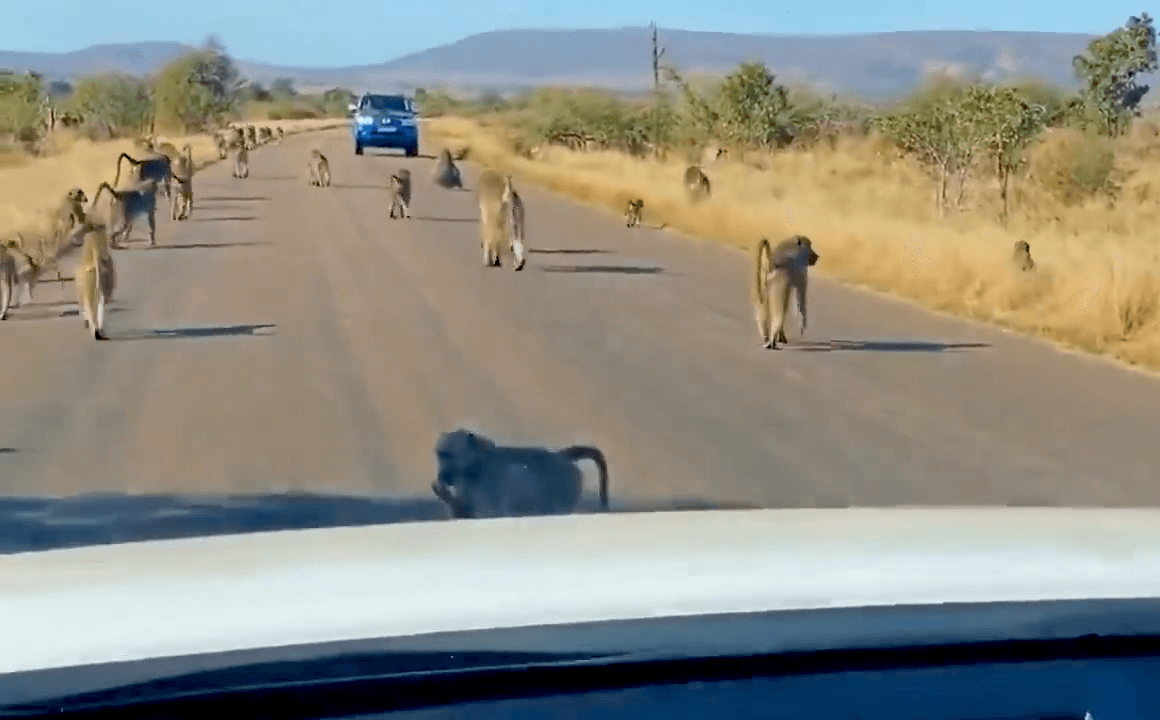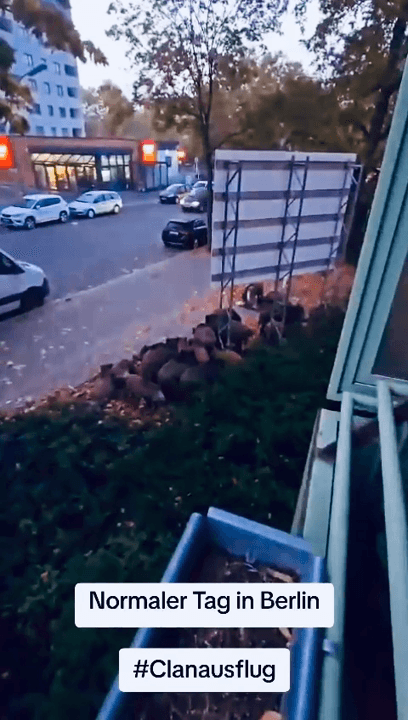
Od početka godine, odlukom o regulaciji broja vukova, u Burjatiji je ulovljeno 397 sivih grabežljivaca, a u okviru amaterskog i sportskog lova još 354. Ukupno-751, prema Baikal-u. Za svakog dobivenog "šumskog redara" plaća se 8 tisuća, a u nekim područjima postoji i dodatna. Na primjer, u Barguzinskom i Okinskom, njegova veličina je 10 tisuća rubalja, u Jeravinskom 8000, a u Kjakhtinskom 5000. Predstavljanje životinjske kože za žigosanje preduvjet je za plaćanje. To je zapisano u odluci Vlade Republike Srbije"o odobravanju postupka nagrađivanja za ulovljene vukove". Osim toga, morat ćete prikupiti sve potrebne dokumente. U 2023. godini u Burjatiji je bilo ukupno 23 siva grabežljivca.
Post: 17 November 09:41















































